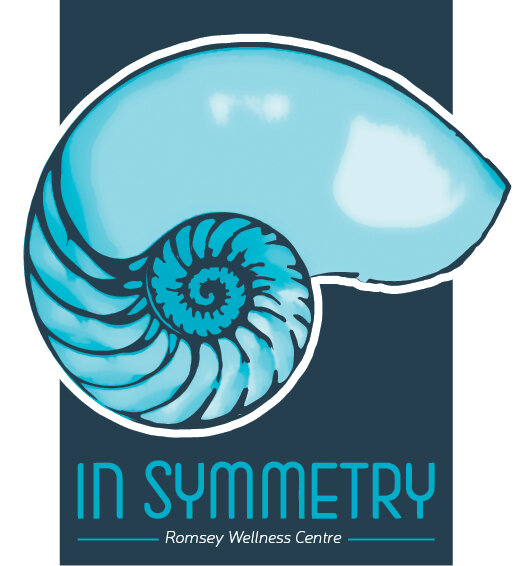UNDERSTANDING ENDOMETRIOSIS
WHAT IS ENDOMETRIOSIS?
Endometriosis is a condition where tissue similar to the inner lining of the womb (endometrium) is found in other parts of the body that are not the uterus. It is most commonly found in the pelvis around the womb, ovaries and uterine tubes. It is more commonly diagnosed in your reproductive years and can be a long-term disease that can impact you day-to-day life routines and activities significantly.1 in 10 women are affected by Endometriosis. You are more likely to be diagnosed with Endometriosis if your sister or mother has suffered the condition as well.
WHAT ARE THE SYMPTOMS?
Some women don’t not complain or suffer from symptoms related to endometriosis. This is why it can be undiagnosed and complicated with other conditions.
The most mentioned symptoms include pelvic pain and painful, sometimes irregular or heavy periods. This pain can be experienced during or after sex and can sometimes lead or result in fertility issues where a misdiagnosis can be very impactful. In some more severe cases, women can have pain related to their bowels, bladder, lower back or the tops of legs, and experience long-term fatigue.
Endometriosis may present in pain that occurs in a regular pattern that becomes worse leading up to and during your period. Some women experience pain constantly but for others it may come and go intermittently. The pain may get better during a pregnancy and sometimes it may disappear without any treatment needed at all.
WHAT CAUSES ENDOMETRIOSIS?
Although the exact cause of Endometriosis is unknown, it is a hormone dependent condition. The endometrium of the uterus that responds to hormonal changes and then results in a period, means that any endometrial-like tissue located outside the womb also bleeds. This type of bleeding outside the uterus can cause pain, inflammation and scarring, and can lead to damage your pelvic organs.
Endometriosis may be detected in a range of organs:
– The ovaries, where it can form cysts (here its often referred to as endometriosis or ‘chocolate cysts’)
– The peritoneum (the lining of the pelvis and abdomen)
– In or on the fallopian tubes– on, behind or around the womb– in the area between the vagina and the rectum.
Endometriosis may occur within the muscle wall of the womb and occasionally on the bowel and/or bladder. It may sometimes be found in other parts of the body, even the stomach and kidneys but this is in more severe and rare cases.
HOW IS IT DIAGNOSED?
There are a few big challenges in diagnosing Endometriosis, these include:
– The symptoms and presentations of endometriosis vary so much
– The symptoms are common and can be similar to pain caused by other conditions such as irritable bowel syndrome (IBS) or pelvic inflammatory disease (PID and-treatment) and PCOS (poly cystic ovarian syndrome)
– Different women have different symptoms some women have no symptoms or issues at all
If you think that you may have endometriosis an early diagnosis and treatment may reduce the severity of the disease.
Many women will not get a correct diagnosis for up to 7-10 years, often because the symptoms can be different between women and can change over time
MANAGEMENT
There is no direct evidence that lifestyle affects endometriosis, however it is important to remain as healthy as possible. Some health tips may include:
– Gentle activity can help to ease pain; aim for 30 minutes of physical activity on most days of the week
– Having enough quality sleep every night will help your immune system function at its best
– Find ways to manage stress; try gentle yoga techniques, relaxation exercises or mindfulness
– Managing the pain may involve medication such as anti-inflammatory drugs or pain relief
– Hormone therapy such as the contraceptive pill or progestins may help to reduce pain and the severity of endometriosis by suppressing the growth of endometrial cells and stopping any bleeding, including your period
– Surgery aims to diagnose and remove as many patches of endometriosis, cysts, nodules, endometriomas (chocolate cysts) and adhesions as possible, to repair any damage caused and improve fertility
If you have Endometriosis or have experienced any of the mentioned symptoms above, it is important to consult with both your Doctor and health practitioner.

